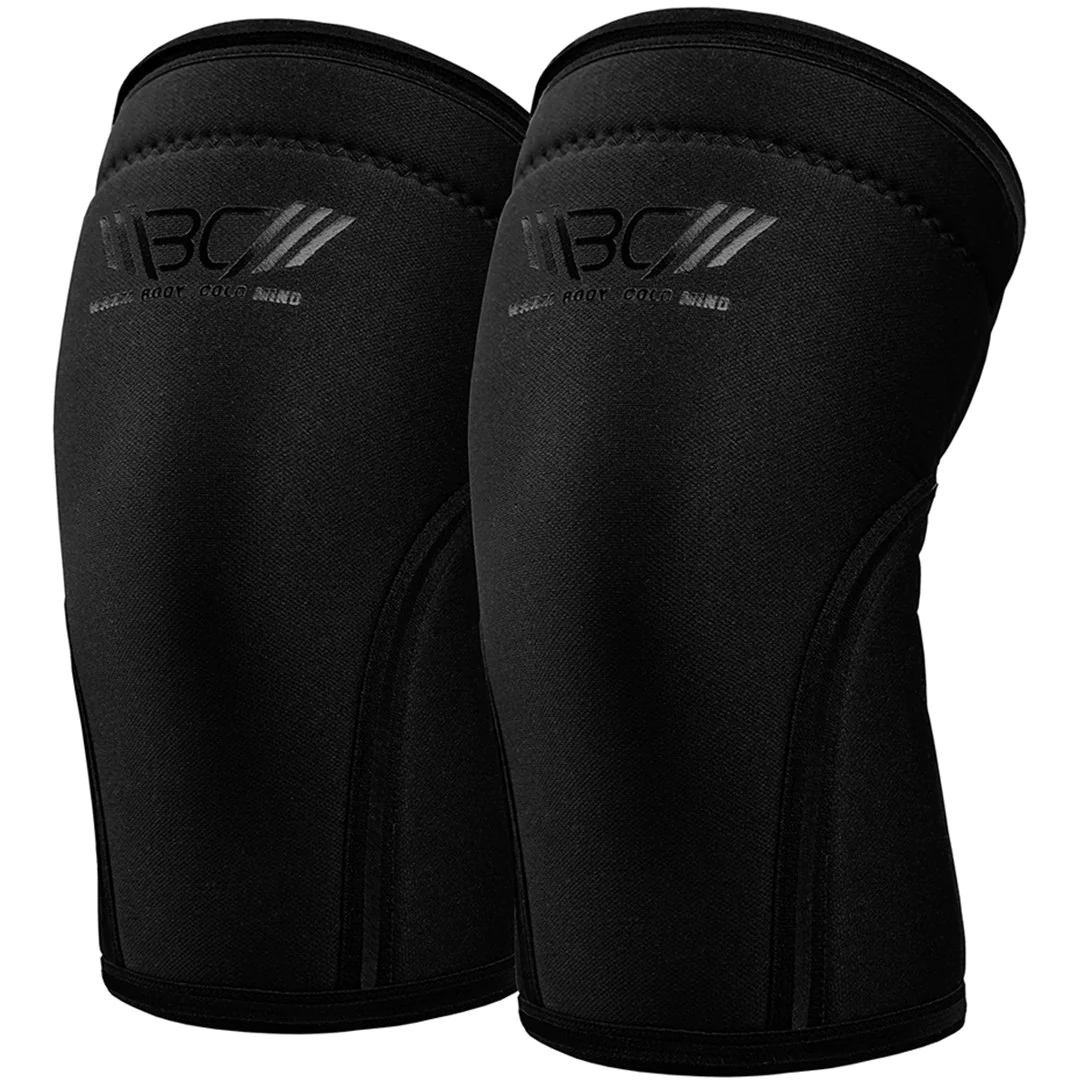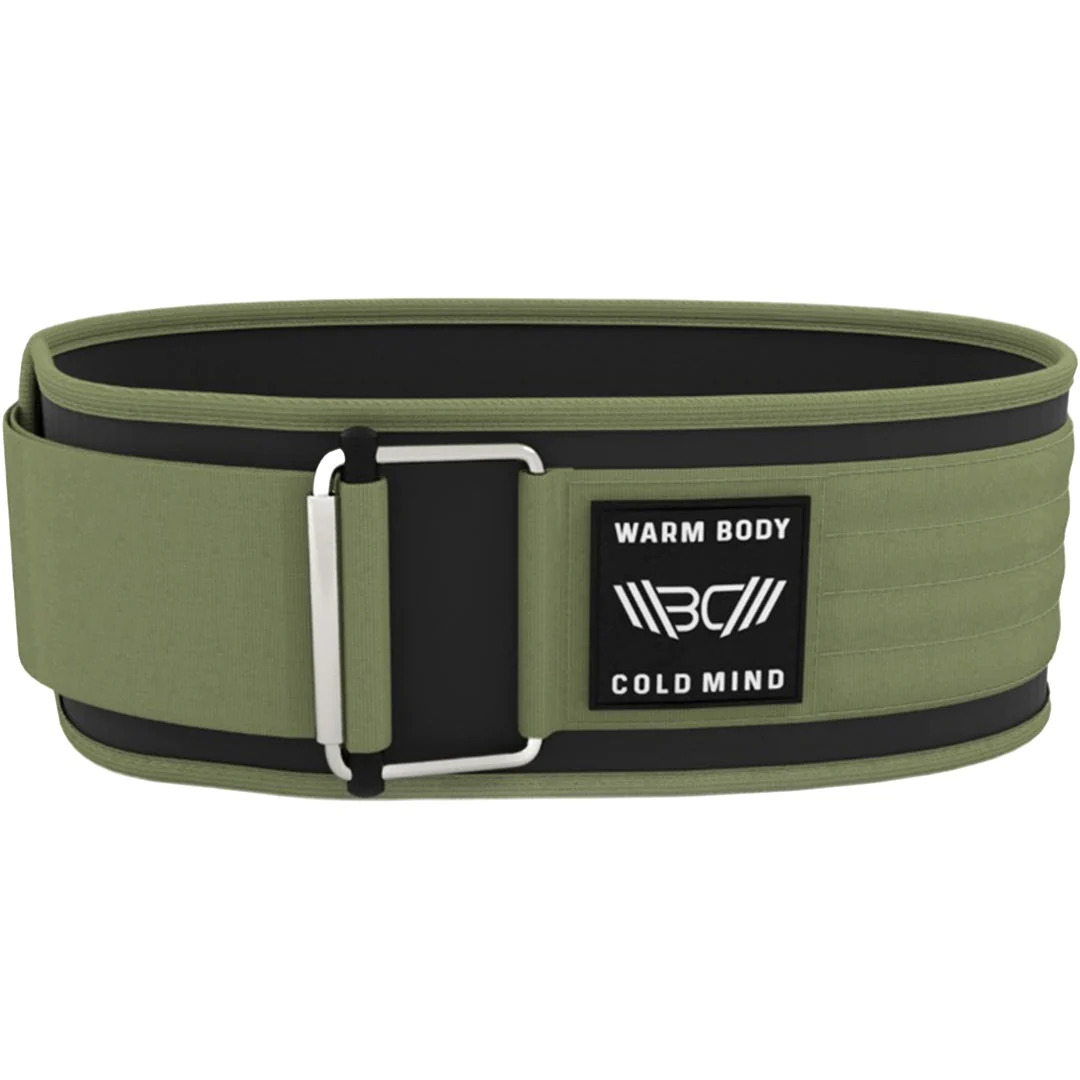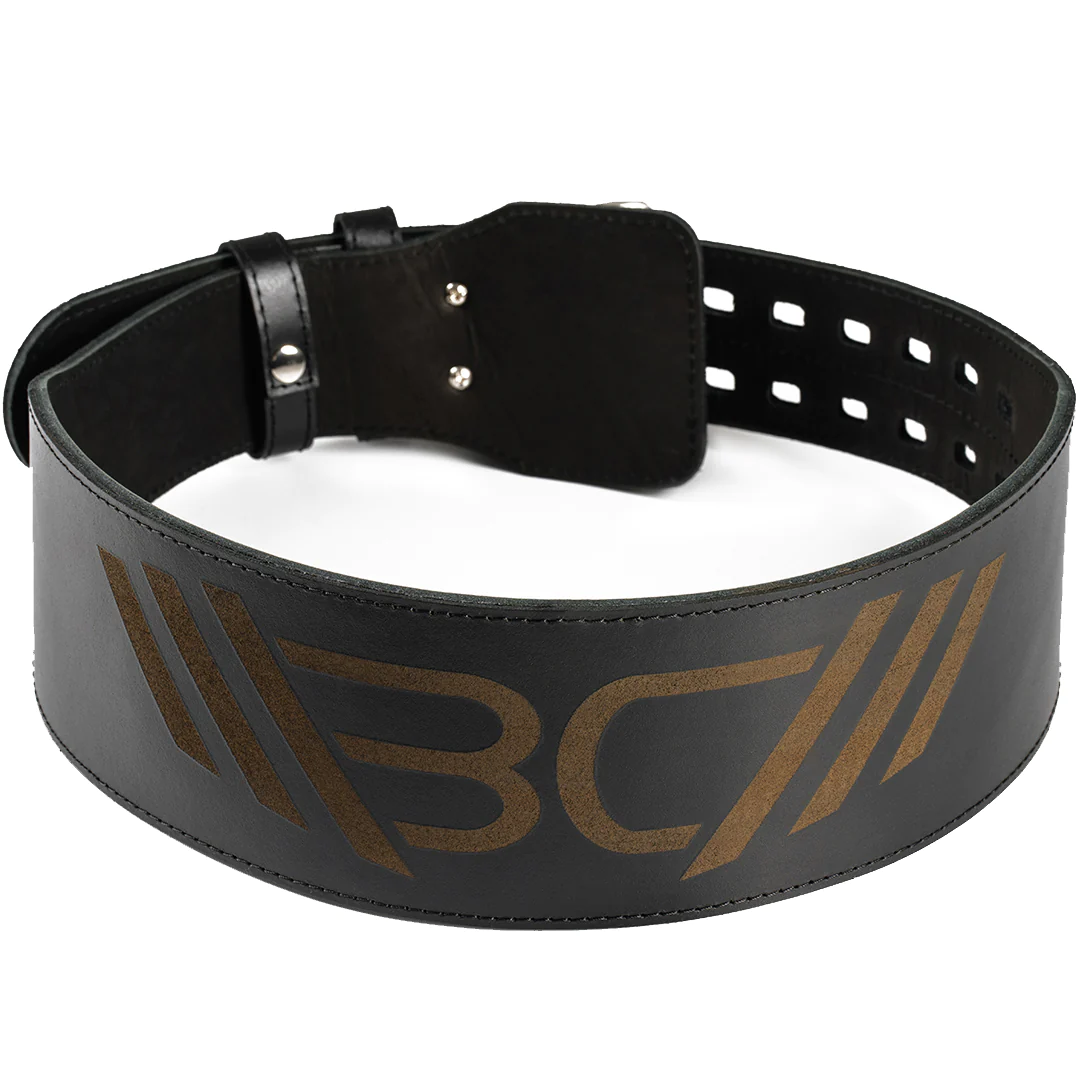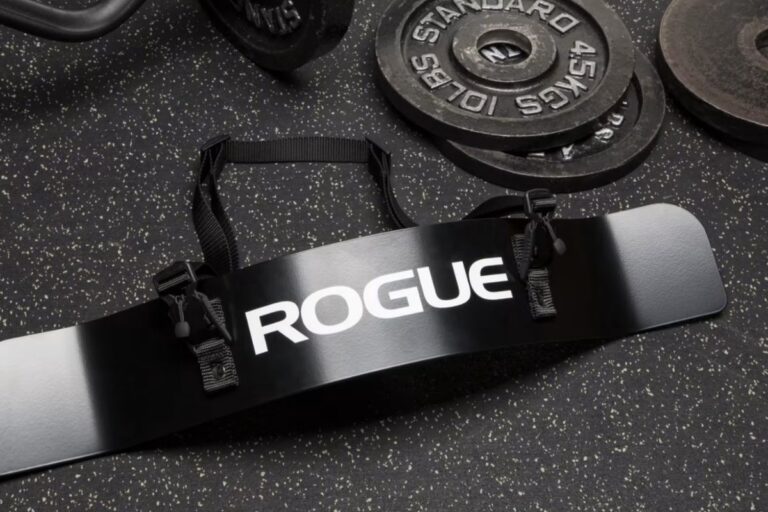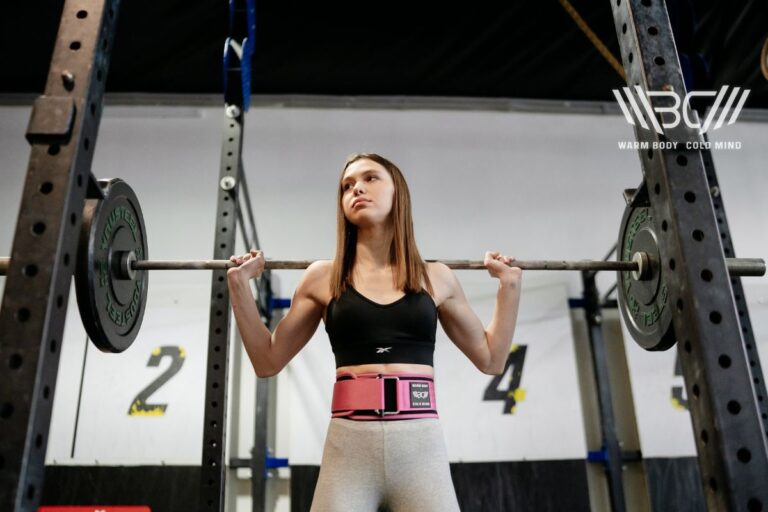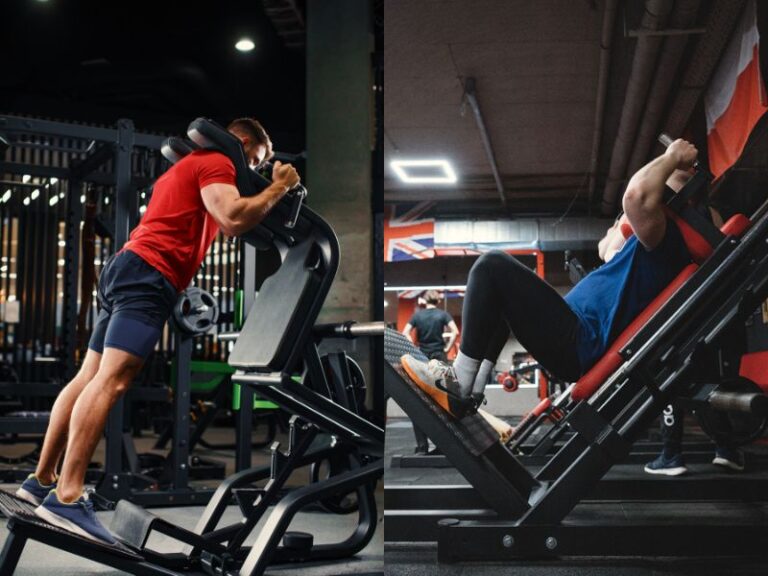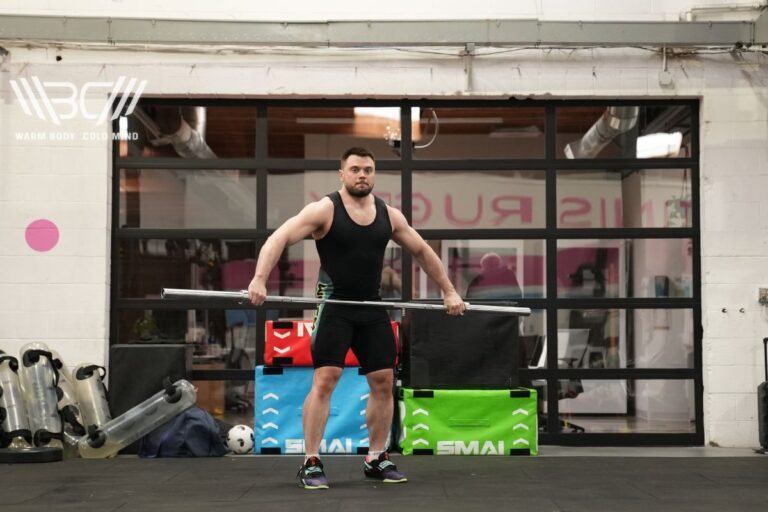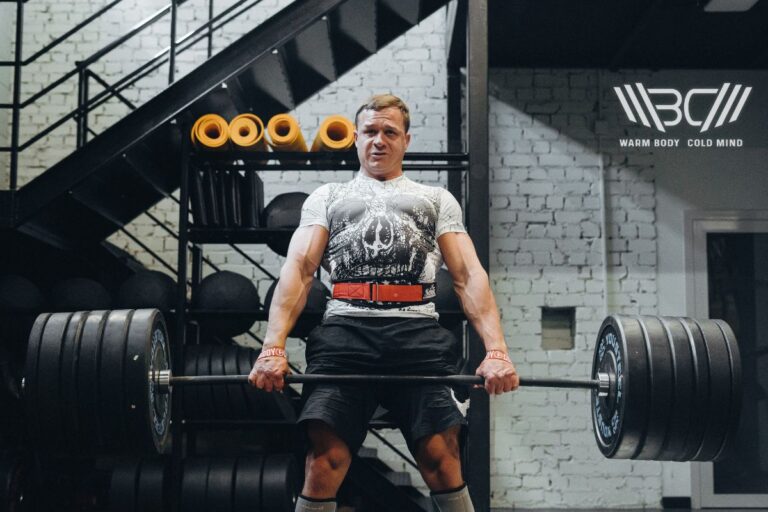Why Do My Legs Shake When I Squat? Top 8 Reasons and Remedies
MEDICAL WARNING: This article is for informational purposes only and is not intended to be a substitute for professional medical advice. If you experience any health problems while exercising or using supplements, consult your doctor.
As the barbell is racked after a successful squat set, the weightlifter enters into a rare state of euphoria. However, a wobbly execution can ruin this treat, and you can’t help but wonder: why do my legs shake when I squat?
Trembling legs indicate muscular fatigue. You’ll gradually build strength and move this fatigue threshold away. Notwithstanding, persistent shakiness can deter steady progression. Then, you must spot and solve errors in your squat technique, stance, training load/volume, recovery period, muscle imbalances, or diet. Don’t let these many pieces overwhelm you; we’ll discuss each point in detail to work out the puzzle.
Why do my legs shake when I squat? – Your legs and knees shake when squatting for many reasons. It’s a sign of muscular fatigue due to overtraining or inadequate recovery. However, poor technique also disrupts the stability, so does the lack of food and fluids in the body.
Is It Normal to Have Shaky Legs While Squatting?
First of all, you should understand how our body works. When you exercise, the central nervous system fires relevant motor units (a combination of motor neurons and muscle fibers) to contract and complete the task.
Larger lower-body muscles that are involved in squatting, such as glutes and quads, comprise thousands of such units. The stability and synchronization of a movement depends upon the number of functional motor units.
Given that you’re a healthy person with no neurological disorder, your legs shake when squatting for either of two reasons.
- A New Stimulus: Your nervous system is trying to establish unfamiliar neuromuscular pathways and junctions. You may be a complete stranger to squatting, returning to it after a long break, or lifting unusually heavier weights. Once you get accustomed to the new movement pattern, mid- and post-workout shakes go away.
- A Fatigued System: Electrical and chemical impulses – transmitting from the brain to motor nerve cells at the spinal cord to target muscle cells somewhere in the body – are bound to deplete over time. As a result, motor units start dropping out of service temporarily, resulting in an unsynchronized or shaky movement.

So, is it normal?
Shaking occasionally during squats, especially close to the last few reps, is no big deal. It represents “training to failure.” Still, you should be mindful of how often and how long you do it, considering associated overtraining and injury risks. On the other hand, if tremors and twitches intensity in their duration and frequency, you need to investigate other programming factors.
How Long Can New Ones Tremble?
Beginners shouldn’t experience jitters for over a week or two. It coincides with the period of learning exercise fundamentals, anyways, like wrist position, lumbar posture, knee tracking, hip drive, and bar path. Never pick up the heaviest load possible on your first visit to the gym. Let the basics sink in while your nervous system activates required synapses and motor units.
8 Key Reasons Why Your Legs Shake During Squats
Here, we’ll discuss the most common hindrances and solutions to maintain a rock-solid base while squatting. Some belong to your training variables like the weight and rep scheme; others, your form and flexibility; and finally, we’ll see the downsides of food and water deficiency.
1. Excessive Fatigue
As we’ve seen, fatigue is a natural degradation of the body’s ability to produce force. It’s characterized with an overwhelming sense of tiredness, low energy levels, and feeling of exhaustion. You want to train close to failure for strength gains, but repeated leg shaking means you’re violating the limit. Besides overuse injuries, you can drop the weight or crumble at the bottom.
Fortunately, the most prevalent cause is also the easiest to treat. Lower the load and progress the overall volume (by increasing reps/sets) over time. Reconfigure your one-rep max to the point you’re fully stable at.
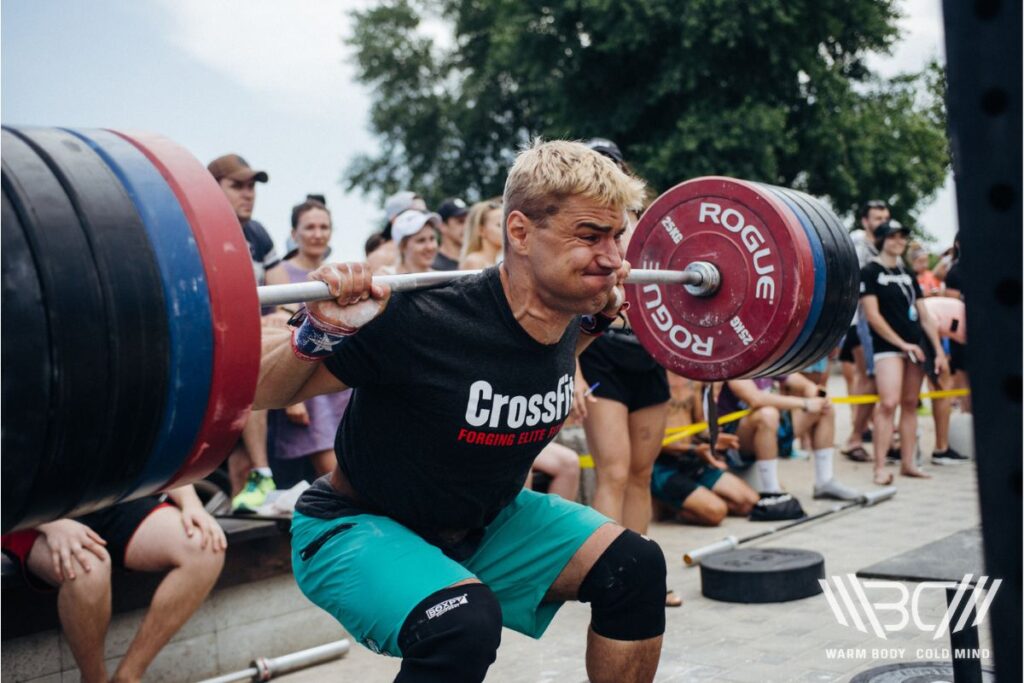
2. Inadequate Recovery
Resistance training places demand on particular muscle groups that become sore and damaged. After a sufficient break, these muscles recover and refine their work capacity as per the imposed demand. Under-recovered muscles are prone to getting tired sooner. Fatigue due to inadequate recovery will induce shaking early in your successive sets and sessions.
If you notice it between sets, increase the rest period by 60-90 seconds. If you’re failing the first set, enlarge the gap between two sessions. You can try nutritional and pharmacological recovery strategies on rest days.

Pro Tip:
Beginners often space out their training with reference to exercises instead of muscles. Your glutes may exhaust due to hip thrusts and lunges even before getting inside a power rack. Thus, program compound moves like squats and deadlifts early in your legs days.
3. Muscle Imbalances
Squat is a compound movement, engaging multiple joints and muscles. Some of them might remain comparatively weaker while others do the job. These sluggish and shaking miscreants don’t let you push stronger muscles to their limit. Imbalances can occur between bilateral muscles or two separate ones. Hip extensors related to knee extensors are such a frequent case.
Studies have shown that squats can’t reduce imbalances between hamstrings and quadriceps. First, you have to identify affected parts. Then, suitable unilateral and isolation accessories can be devised to bring them up to par.
4. Lack of Balance
Failing to maintain balance and stability also makes your legs and knees shake when squatting. It’s not always larger muscles getting tired. You can come on your toes or heels during the descending phase, compromising the entire kinetic chain. Legs quiver to regain ground connection. A similar form-related shortfall in back squats is leaning forward.
The balance, for the most part, depends upon your feet placement. Think of your foot as a tripod with heel, pinkie, and toe its three points. They all should be firmly planted while the barbell falls directly above the midfoot line.
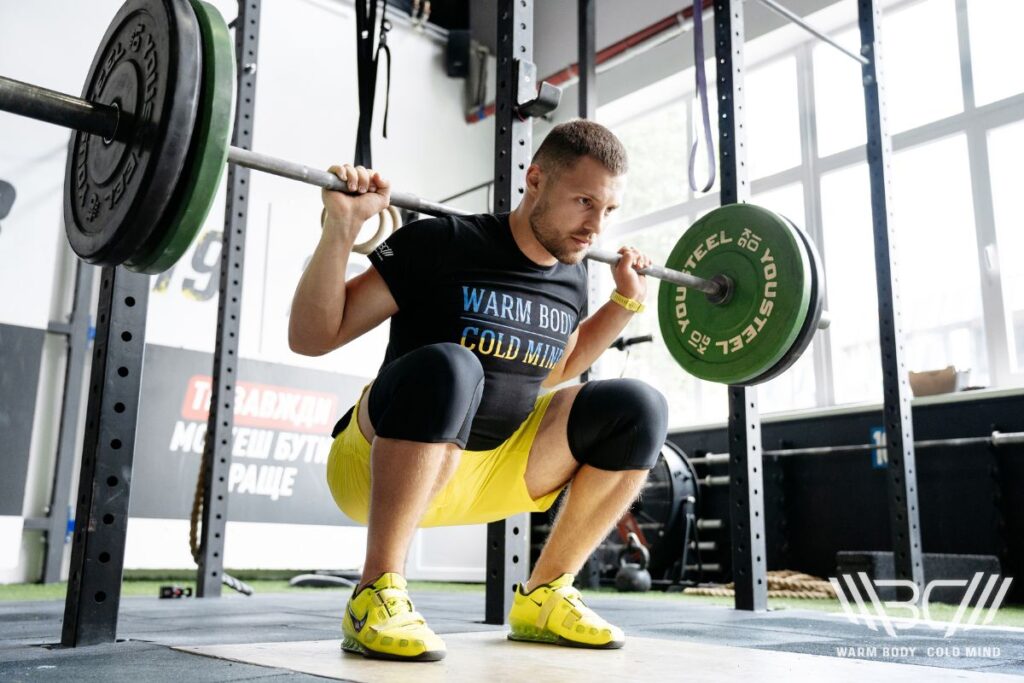
5. A Non-Optimal Stance
A stance that’s too wide or too narrow puts you at a mechanically disadvantaged position. Muscles have to work harder, thus fatigue quicker. The balance is disrupted as well. Escamilla et al. (2001) conducted a 3D biomechanical analysis. The findings suggest that a narrower stance minimizes compression (downward push) but increases shear (forward slide).
If your knees wobble when squatting, inspect your stance. An ideal foot placement is shoulder-width apart or slightly outer. Knees must track over your feet, not caving in or pushing out at any phase of the movement.

Pro Tip:
If you lose the sense of your knees, wear knee sleeves. They don’t alter your technique or confer any spring effect, but they amplify proprioception (joint awareness, control, and compression). These 7mm WBCM Anti-Slip Knee Sleeves with six different sizes should come in handy.
6. Ankles & Hip Tightness
Sitting deep in your squats requires a high level of mobility in your ankles and hips. First, the lack of sufficient ankle dorsiflexion stops you from keeping the whole foot planted as you squat. Then, tight and tense hips rule out a below-parallel depth. The deeper you go without a flexible hip complex, the more your upper legs and knees vibrate.

7mm Weightlifting Knee Sleeves
Discover the ultimate support with Warm Body Cold Mind knee sleeves providing stability and comfort.
Modify your warm-up routine to include ROM stretches for ankles, hips, and shoulders. They would serve you in the long run. A quick-fix for limited ankle mobility is to slip a plate under your heels.
7. Dehydration
Hydration is a cornerstone of a balanced level of electrolytes – particles that control key muscular and nerve functions. You progressively lose them with the sweat. Its rate varies for every person, also depending upon workout intensity and surrounding temperature. A dearth of bodily fluids can cause cramps in stressed body parts, which feel like involuntary shaking.
The solution is straightforward. Stay well-hydrated before exercising. You may need refueling, too. Water is readily available and calorie-free, thus the best option. Strike the middle ground between dehydration and overhydration.

8. Low Glucose Levels
Are your legs shaking after squats? There is a possibility of exercise-induced hypoglycemia (low blood sugar). It can produce fatigue, shakiness, and headaches amid and after workouts. Glucose is the primary energy source for muscle contractions. Therefore, it must be replenished as soon as it’s emptied. The good news, you can easily do that by modifying your diet.
A carb-rich food supplies glucose. Stock up on it plentifully before and/or after the exercise. A simpler method is to take expert advice for macro shakes as your mid-workout rehydration recipe.
Subscribe!
The latest reviews of must-have home gym training equipment, apparel, and supplements that will enhance your performance and bring you new results.
5 Tips to Remove Leg Shaking During Squats and Improve Squats
1. Don’t Ignore the Warm-up
Performing warm-up directly influences your exercise performance. It stimulates the blood flow and body temperature, reducing muscle and tendon injuries. Alongside ramping sets, you can add stretches and accessories.
If the strength gap between muscles has escalated too much, don’t mix isolation exercises (i.e., hamstring curls and glute bridges) with your regular warm-up. Stretching afterward may also relieve cramps and spasms.
2. Take Enough Rest
‘No pain, no gain’ dictum works as long as you understand its limits. If you’re still shaky owing to the last gruesome squat session, wait for full recovery before starting another round. Space out your leg training by 2-4 days. Or bifurcate it in smaller sections.
For example, you can do squats with your biceps and deadlifts with the chest instead of pairing both on the same day. Another tweak is going for variations like split, goblet, and half squats.

3. Prepare a Post-Workout Meal
Not many people realize that you get stronger while recovering, not training. Observing a healthy diet can prepare you much quicker for the next session. If you’re experiencing uncontrolled leg movements after squatting at a jacked-up intensity, add a post-workout meal.
Try to balance protein and carbohydrates. The former builds muscles while the latter prevents further breaking down. Whole foods – including leafy greens and fruits – are superior sources.
4. Furnish Your Form
After muscular fatigue, an incorrect squat form is the top reason behind shakiness. Focus on five key leverages. First, your heels should remain planted; drive them into the floor as you rise. Secondly, knees are prone to break the alignment. Third, glutes are to be pushed back; imagine sitting in a chair to keep hips and knees in check. Next, your spine must be neutral. Lastly, don’t roll your shoulders forward or tilt down your head.
5. Belt Up for Maximal Attempts
When you’re lifting heavy (about 80%-90% of 1RM), your spine may be overloading. You brace your core to stiffen it all-around, which offers spinal stability. We call it intra-abdominal pressure (IAP). At significantly higher loads, your natural bracing ability can erode. Adding a weight belt supplements IAP, reducing disc compressive forces. If you’re shuddering from midsection to all the way down, strap up for improved trunk rigidity.

Discover the strength of the Warm Body Cold Mind nylon lifting belt. Lightweight and durable, it provides optimal support for your workouts.
WBCM manufactures these two styles of lifting belts for athletes of all body proportions and fitness levels. This 4” Nylon Weightlifting Belt extends moderate core support with top-notch comfort and agility. If you’re looking for the highest support, this 6mm-thick, leather-made Tapered Weightlifting Belt is the way forward. You’ll find various sizes and colors to complement your style.

Enhance your strength training with Warm Body Cold Mind leather weightlifting belt providing exceptional support and durability.
FAQ
Why Does My Knee Shake When I Squat?
If your knees wobble when squatting, you’re most likely missing out on the stance. If your knees are too far out, they’ll shake and cave in as you squat. You’ll consequently lose your balance. Muscular fatigue generally manifests itself in the thigh and hip complex.
Is It Bad if Your Muscles Shake While Working Out?
Muscles shake to inform you they’re about to give up. Everyone experiences it some days. However, the prevalence of shakiness indicates other issues, such as poor form, insufficient recovery, side-to-side imbalances, or dehydration.
Conclusion
You started reading this article with one question in mind: why do my legs shake when I squat? Hopefully, this exhaustive read has helped you figure out shortfalls in your training program, squat technique, rest protocol, and diet.
What mistakes do you think you were making in your squat routine? What does your leg day look like, by the way? If you have any questions or suggestions, we’re more than happy to entertain them in the comment section.
References:
- Cabral, Lissiane Almeida, Leonardo Coelho Rabello Lima, Christian Emmanuel Torres Cabido, Rogério César Fermino, Saulo Fernandes Melo Oliveira, Alexandre Igor Araripe Medeiros, Luis Fabiano Barbosa, Thiago Mattos Frota de Souza, Túlio Banja, and Cláudio de Oliveira Assumpção, “Muscle Activation during the Squat Performed in Different Ranges of Motion by Women,” Muscles 2, no. 1 (2023):12-22.
- E. A. Harman, R. M. Rosenstein, P. N. Frykman, G. A. Nigro, “Effects of a Belt on Intra-abdominal Pressure during Weight Lifting,” Med Sci Sports Exerc 21, no. 2 (1989):186-190.
- Escamallia, R. F., G. S. Fleisig, T. M. Lowry, S. W. Barrentine, and J. R. Andrews, “A Three-dimensional Biomechanical Analysis of the Squat during Varying Stance Widths.” Med. Sci. Sports Exerc 33, no. 6 (2001):984–998.
- Helen West, “Electrolytes: Definition, Functions, Imbalance and Sources,” Healthline, https://www.healthline.com/nutrition/electrolytes (accessed March 03, 2024).
- Hyoung-Kil Park, Min-Kyung Jung, Eunkyung Park, Chang-Young Lee, Yong-Seok Jee, Denny Eun, Jun-Youl Cha, Jaehyun Yoo, “The Effect of Warm-ups with Stretching on the Isokinetic Moments of Collegiate Men,” J Exerc Rehabil 14, no. 1 (2018):78-82.
- Jeffrey M. Willardson, “The Application of Training to Failure in Periodized Multiple-set Resistance Exercise Programs,” J Strength Cond Research 21, no. 2 (2007):628-631.
- Jing-jing Wan, Zhen Qin, Peng-yuan Wang, Yang Sun, Xia Liu, “Muscle Fatigue: General Understanding and Treatment,” Exp Mol Med 49, no. 10 (2017):e384.
- Juan Mielgo-Ayuso, Diego Fernández-Lázaro, “Nutrition and Muscle Recovery,” Nutrients 13, no. 2 (2021):294.
- Lawrence E. Armstrong, “Rehydration during Endurance Exercise: Challenges, Research, Options, Methods,” Nutrients 13, no. 3 (2021): 887.
- Lee Herrington, Claire Simmonds, Julian Hatcher, “The Effect of a Neoprene Sleeve on Knee Joint Position Sense,” Res Sports Med 13, no. 1 (2005):37-46.
- R. J. Maughan, “Fluid and Electrolyte Loss and Replacement in Exercise,” J Sports Sci 9 (1991):117-142.
- Zawn Villines, “Exercise-induced Hypoglycemia: What to Know,” Medical News Today, https://www.medicalnewstoday.com/articles/exercise-induced-hypoglycemia-what-to-know (accessed March 04, 2024).
- All photos are made by WBCM Media team.
Author: Sergii Putsov
PhD in Sport Science, Olympic weightlifting, Strength & Conditioning coach and fitness expert
Sergii Putsov is a professional weightlifter with over 20 years of experience and multiple national medals. He was a member of the National weightlifting team, competing in the 94 kg weight class. Sergii holds a master’s degree in Olympic & Professional Sport Training and a Ph.D. in Sport Science. After his athletic career, Sergii transitioned into coaching and is now responsible for designing training programs, writing blog articles, providing live commentary for international weightlifting competitions, and hosting sport and fitness seminars worldwide.


